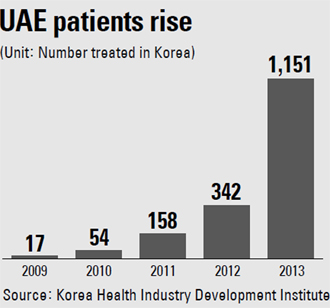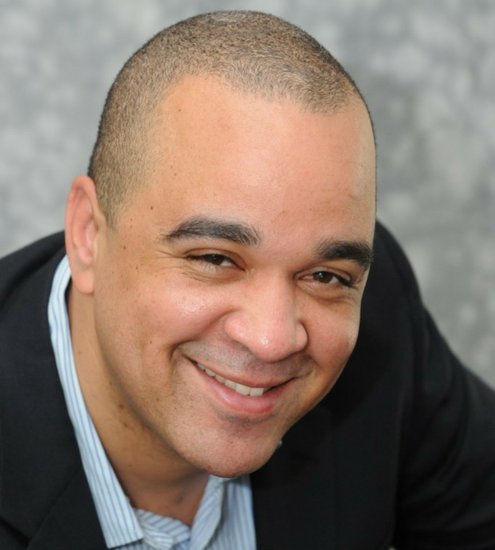The Global Spa & Wellness Summit announced today that its centerpiece research initiative to be released at the 2014 conference (being held Sept. 10-12 in Marrakesh, Morocco) would be fresh data on three critical, global industry sectors: the wider wellness industry, the spa industry and the wellness tourism market. Undertaken with long-time research partner SRI International, the new “Global Spa and Wellness Economy” report will include new data on:
- Global and regional spa revenues and locations, total spa industry employment and economic impact, benchmarking of key spa industry “clusters” (whether spa-related hospitality or beauty segments) – along with first-ever research on new sub-segments like the global hot springs market.
- The wider, global wellness industry and the individual market clusters that comprise it, including fitness/mind-body, nutrition/weight loss, complementary/alternative medicine, corporate wellness and beauty/anti-aging, etc.
- The global and regional wellness tourism markets (revenues, trips, etc.)
The GSWS also announced that the “big numbers” on these global wellness markets will now be updated every year. And for 2014, eleven industry sponsors have stepped forward to underwrite this much-needed research: Spafinder Wellness, Inc., Delos LLC, Massage Envy, MINDBODY, NATURA BISSÉ, Biologique Recherche, Bon Vital’, ESPA, Jhana, Noel Asmar and WTS International.
“So many private and public industry stakeholders have told me how invaluable the GSWS-SRI data on the spa, wellness and wellness tourism markets has been in shaping their development strategies and in raising their profile with both investors and consumers. And now they will be getting the crucial data they need annually,” said Susie Ellis, Chairman and CEO of the GSWS. “Research is the most altruistic of our sponsorship categories. And the eleven industry thought-leaders that are underwriting this year’s report are helping the hundreds of thousands of spa and wellness businesses both learn and grow.”
Mia Kyricos, Chief Brand Officer at Spafinder Wellness, Inc., which led the research sponsorship at the Titanium level, noted, “The importance of good industry benchmarking data simply cannot be underestimated, and given the pace at which the spa and wellness industries evolve, fresh numbers and analyses are always needed. We’re constantly seeking the best sources of global data for our business – and the thousands of businesses we support in the marketplace – and we simply wouldn’t have it without the work of the GSWS.”
Take the Survey: SRI International is currently conducting a global survey to support this research. If you’re a spa business, consultant, product company, association, educational organization or media company, please help the industry by taking their short survey here.
source: http://www.digitaljournal.com / Digital Journal / Home> Press Release / PRWeb.com Newswire , New York (NY) / July 15th, 2014





